Yicheng Gong
Counterfactual experience augmented off-policy reinforcement learning
Mar 18, 2025



Abstract:Reinforcement learning control algorithms face significant challenges due to out-of-distribution and inefficient exploration problems. While model-based reinforcement learning enhances the agent's reasoning and planning capabilities by constructing virtual environments, training such virtual environments can be very complex. In order to build an efficient inference model and enhance the representativeness of learning data, we propose the Counterfactual Experience Augmentation (CEA) algorithm. CEA leverages variational autoencoders to model the dynamic patterns of state transitions and introduces randomness to model non-stationarity. This approach focuses on expanding the learning data in the experience pool through counterfactual inference and performs exceptionally well in environments that follow the bisimulation assumption. Environments with bisimulation properties are usually represented by discrete observation and action spaces, we propose a sampling method based on maximum kernel density estimation entropy to extend CEA to various environments. By providing reward signals for counterfactual state transitions based on real information, CEA constructs a complete counterfactual experience to alleviate the out-of-distribution problem of the learning data, and outperforms general SOTA algorithms in environments with difference properties. Finally, we discuss the similarities, differences and properties of generated counterfactual experiences and real experiences. The code is available at https://github.com/Aegis1863/CEA.
xJailbreak: Representation Space Guided Reinforcement Learning for Interpretable LLM Jailbreaking
Jan 30, 2025



Abstract:Safety alignment mechanism are essential for preventing large language models (LLMs) from generating harmful information or unethical content. However, cleverly crafted prompts can bypass these safety measures without accessing the model's internal parameters, a phenomenon known as black-box jailbreak. Existing heuristic black-box attack methods, such as genetic algorithms, suffer from limited effectiveness due to their inherent randomness, while recent reinforcement learning (RL) based methods often lack robust and informative reward signals. To address these challenges, we propose a novel black-box jailbreak method leveraging RL, which optimizes prompt generation by analyzing the embedding proximity between benign and malicious prompts. This approach ensures that the rewritten prompts closely align with the intent of the original prompts while enhancing the attack's effectiveness. Furthermore, we introduce a comprehensive jailbreak evaluation framework incorporating keywords, intent matching, and answer validation to provide a more rigorous and holistic assessment of jailbreak success. Experimental results show the superiority of our approach, achieving state-of-the-art (SOTA) performance on several prominent open and closed-source LLMs, including Qwen2.5-7B-Instruct, Llama3.1-8B-Instruct, and GPT-4o-0806. Our method sets a new benchmark in jailbreak attack effectiveness, highlighting potential vulnerabilities in LLMs. The codebase for this work is available at https://github.com/Aegis1863/xJailbreak.
MacLight: Multi-scene Aggregation Convolutional Learning for Traffic Signal Control
Dec 24, 2024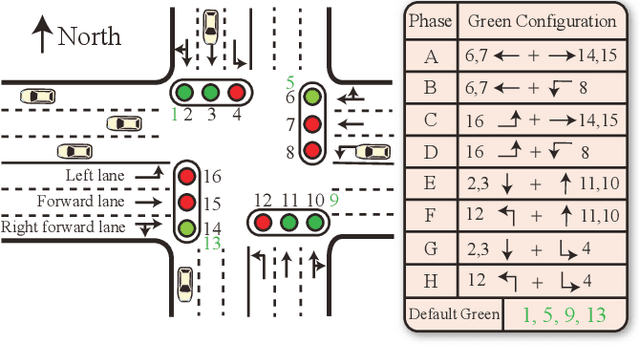
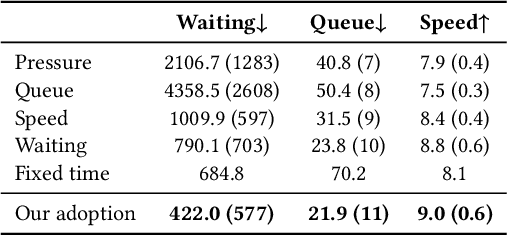
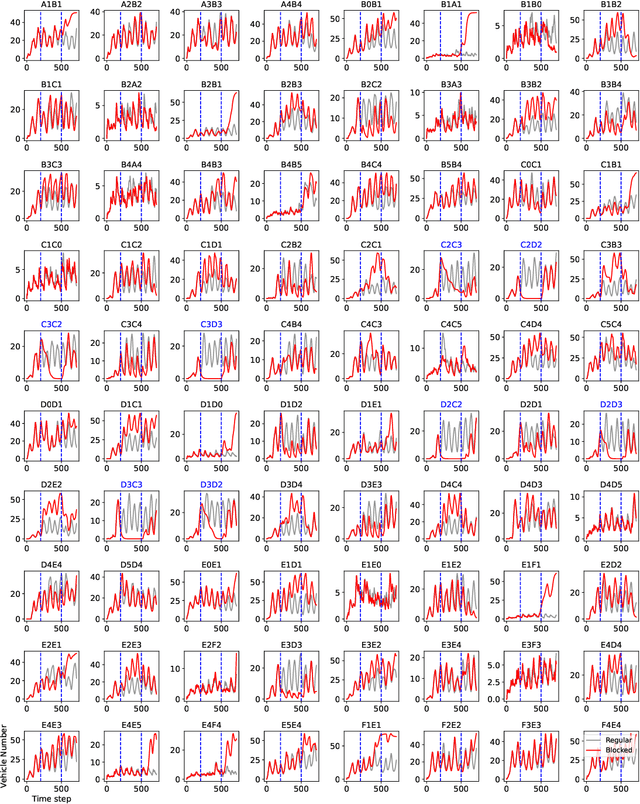
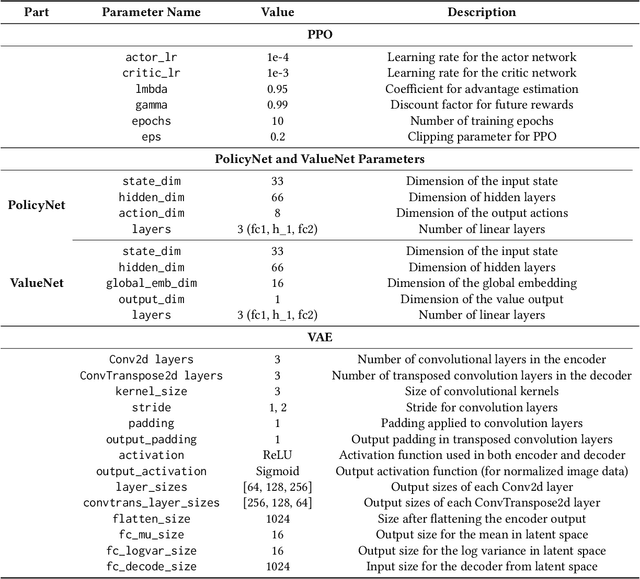
Abstract:Reinforcement learning methods have proposed promising traffic signal control policy that can be trained on large road networks. Current SOTA methods model road networks as topological graph structures, incorporate graph attention into deep Q-learning, and merge local and global embeddings to improve policy. However, graph-based methods are difficult to parallelize, resulting in huge time overhead. Moreover, none of the current peer studies have deployed dynamic traffic systems for experiments, which is far from the actual situation. In this context, we propose Multi-Scene Aggregation Convolutional Learning for traffic signal control (MacLight), which offers faster training speeds and more stable performance. Our approach consists of two main components. The first is the global representation, where we utilize variational autoencoders to compactly compress and extract the global representation. The second component employs the proximal policy optimization algorithm as the backbone, allowing value evaluation to consider both local features and global embedding representations. This backbone model significantly reduces time overhead and ensures stability in policy updates. We validated our method across multiple traffic scenarios under both static and dynamic traffic systems. Experimental results demonstrate that, compared to general and domian SOTA methods, our approach achieves superior stability, optimized convergence levels and the highest time efficiency. The code is under https://github.com/Aegis1863/MacLight.
FATE: Full-head Gaussian Avatar with Textural Editing from Monocular Video
Nov 23, 2024



Abstract:Reconstructing high-fidelity, animatable 3D head avatars from effortlessly captured monocular videos is a pivotal yet formidable challenge. Although significant progress has been made in rendering performance and manipulation capabilities, notable challenges remain, including incomplete reconstruction and inefficient Gaussian representation. To address these challenges, we introduce FATE, a novel method for reconstructing an editable full-head avatar from a single monocular video. FATE integrates a sampling-based densification strategy to ensure optimal positional distribution of points, improving rendering efficiency. A neural baking technique is introduced to convert discrete Gaussian representations into continuous attribute maps, facilitating intuitive appearance editing. Furthermore, we propose a universal completion framework to recover non-frontal appearance, culminating in a 360$^\circ$-renderable 3D head avatar. FATE outperforms previous approaches in both qualitative and quantitative evaluations, achieving state-of-the-art performance. To the best of our knowledge, FATE is the first animatable and 360$^\circ$ full-head monocular reconstruction method for a 3D head avatar. The code will be publicly released upon publication.
EmoTalk3D: High-Fidelity Free-View Synthesis of Emotional 3D Talking Head
Aug 01, 2024



Abstract:We present a novel approach for synthesizing 3D talking heads with controllable emotion, featuring enhanced lip synchronization and rendering quality. Despite significant progress in the field, prior methods still suffer from multi-view consistency and a lack of emotional expressiveness. To address these issues, we collect EmoTalk3D dataset with calibrated multi-view videos, emotional annotations, and per-frame 3D geometry. By training on the EmoTalk3D dataset, we propose a \textit{`Speech-to-Geometry-to-Appearance'} mapping framework that first predicts faithful 3D geometry sequence from the audio features, then the appearance of a 3D talking head represented by 4D Gaussians is synthesized from the predicted geometry. The appearance is further disentangled into canonical and dynamic Gaussians, learned from multi-view videos, and fused to render free-view talking head animation. Moreover, our model enables controllable emotion in the generated talking heads and can be rendered in wide-range views. Our method exhibits improved rendering quality and stability in lip motion generation while capturing dynamic facial details such as wrinkles and subtle expressions. Experiments demonstrate the effectiveness of our approach in generating high-fidelity and emotion-controllable 3D talking heads. The code and EmoTalk3D dataset are released at https://nju-3dv.github.io/projects/EmoTalk3D.
Do Deep Neural Networks Always Perform Better When Eating More Data?
May 30, 2022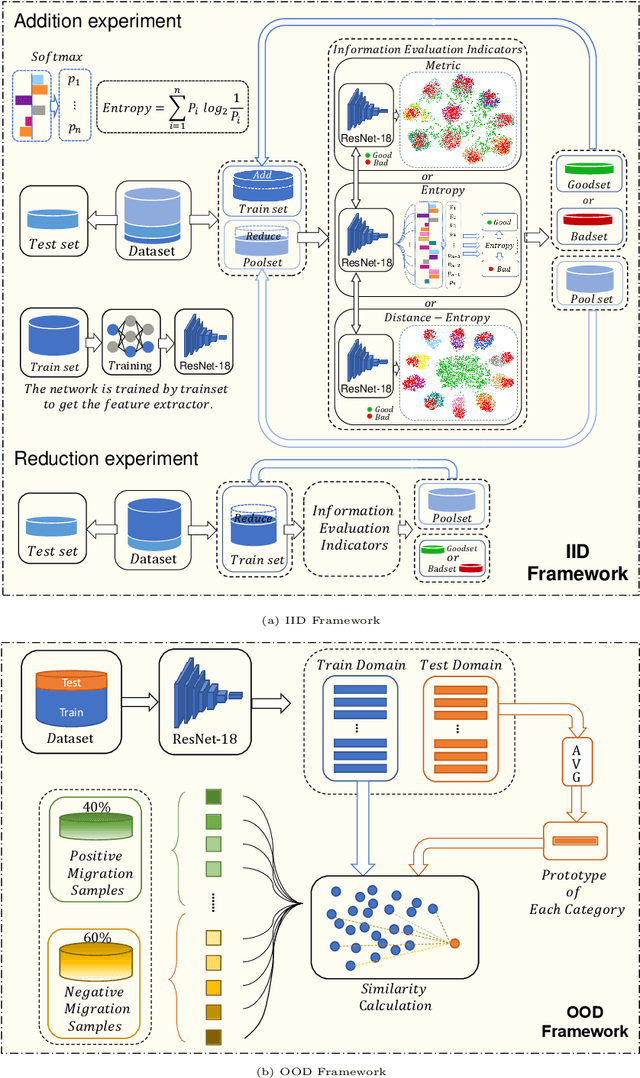

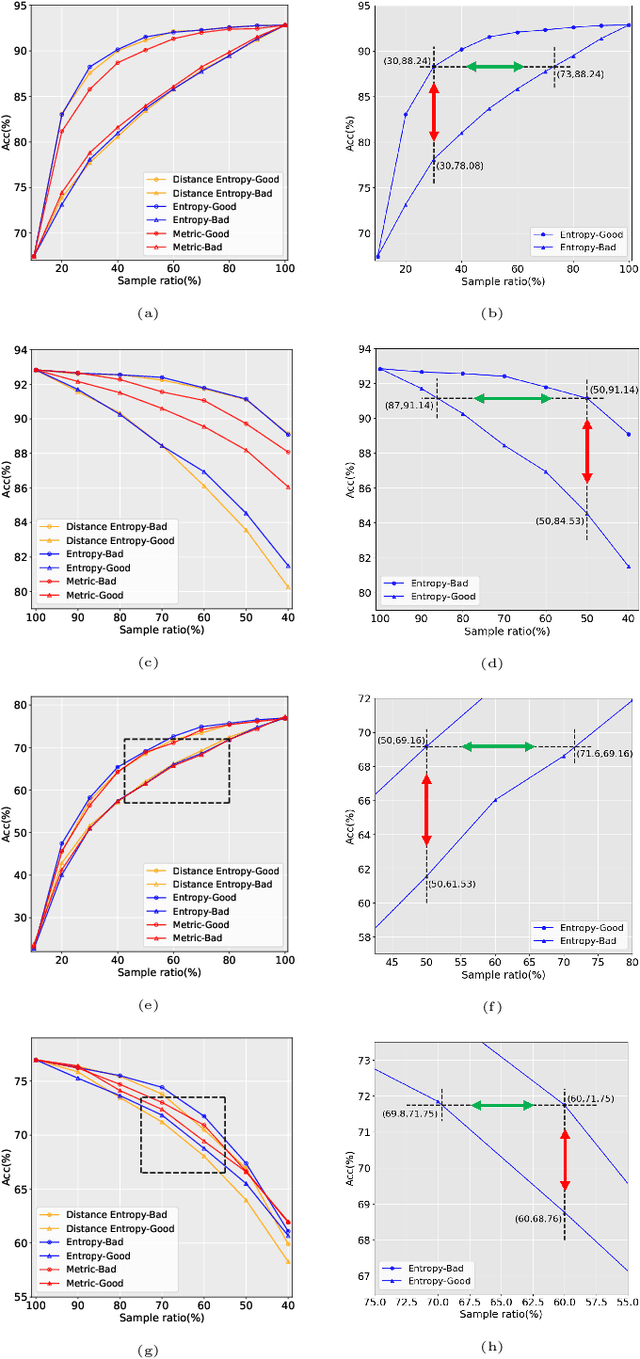
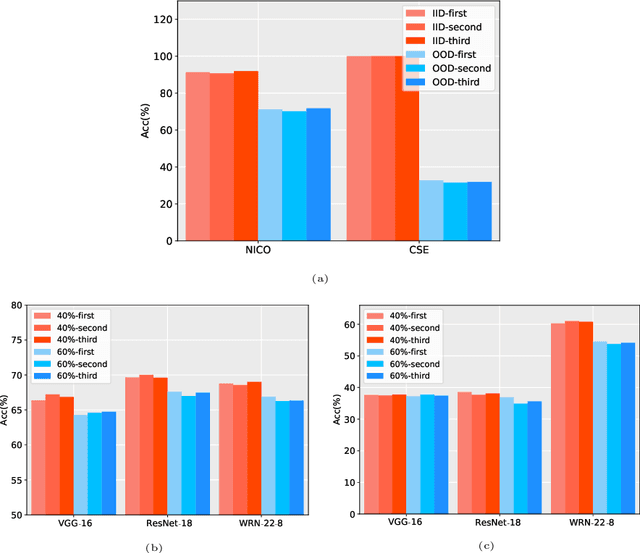
Abstract:Data has now become a shortcoming of deep learning. Researchers in their own fields share the thinking that "deep neural networks might not always perform better when they eat more data," which still lacks experimental validation and a convincing guiding theory. Here to fill this lack, we design experiments from Identically Independent Distribution(IID) and Out of Distribution(OOD), which give powerful answers. For the purpose of guidance, based on the discussion of results, two theories are proposed: under IID condition, the amount of information determines the effectivity of each sample, the contribution of samples and difference between classes determine the amount of sample information and the amount of class information; under OOD condition, the cross-domain degree of samples determine the contributions, and the bias-fitting caused by irrelevant elements is a significant factor of cross-domain. The above theories provide guidance from the perspective of data, which can promote a wide range of practical applications of artificial intelligence.
 Add to Chrome
Add to Chrome Add to Firefox
Add to Firefox Add to Edge
Add to Edge